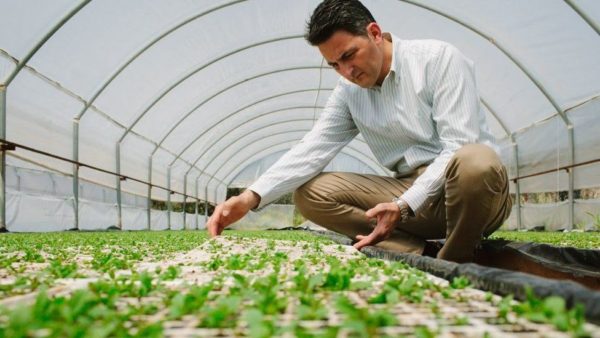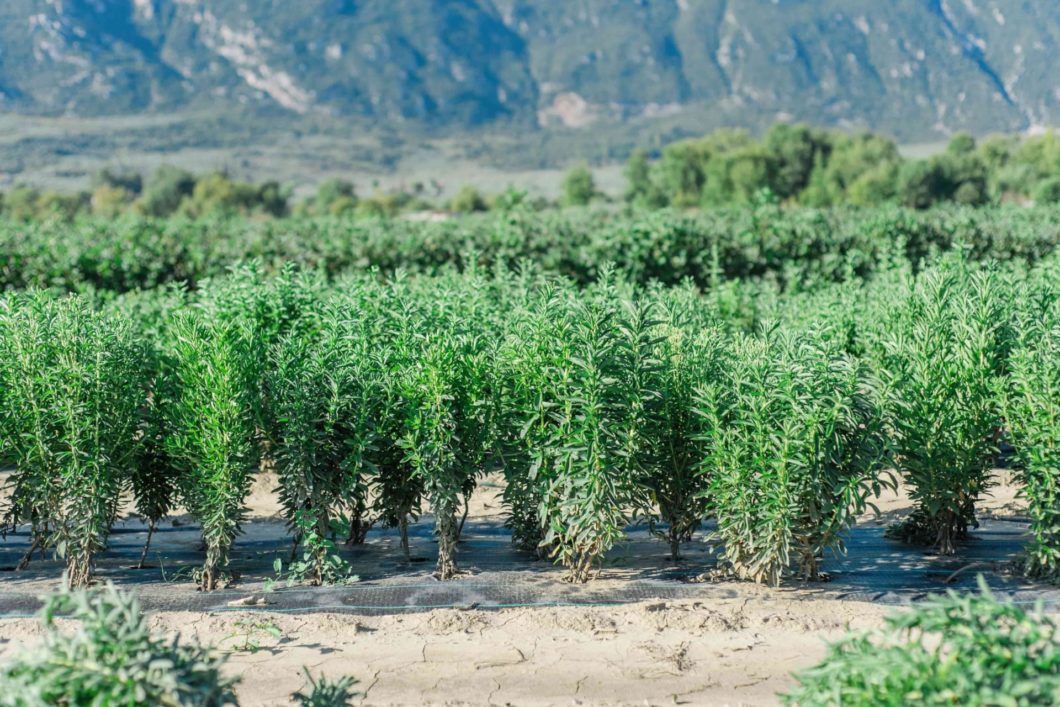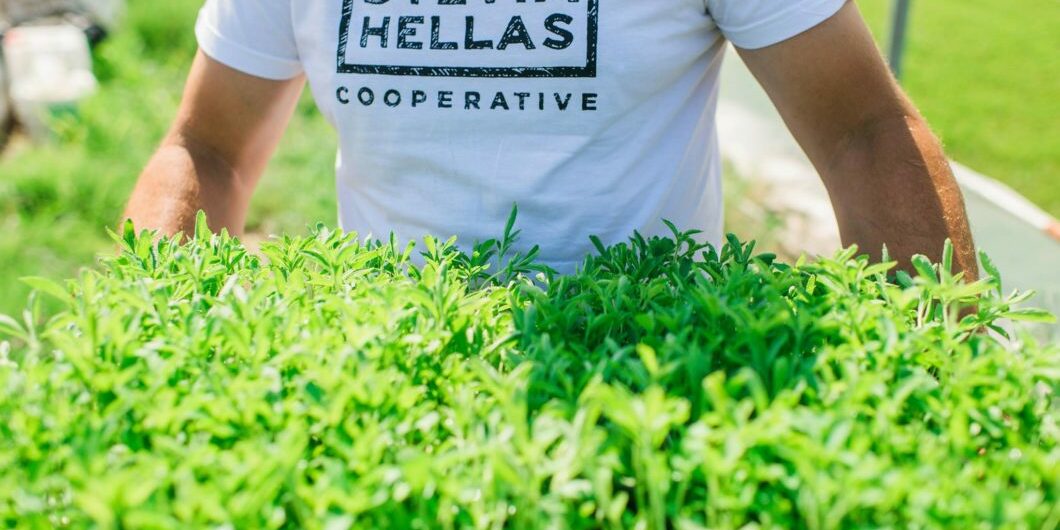Features • The food and beverage industry in Europe is increasingly using stevia. The increased demand causes tobacco farmers in southern Europe to change crops and become stevia farmers instead
The global market for stevia grows more than 8 per cent annually. It is growing fastest in the Asia-Pacific region – and in Europe, which makes it profitable to grow stevia here. This was given attention to by BBC the other day with a report about the first commercial stevia farm in Europe.
First stevia farm in Europe
The farming began as an idea of Christos Stamatis in 2011. He had seen how American tobacco farmers successfully had switched crops from tobacco to stevia, and now he wanted to convince tobacco farmers in his home region of Greece to do the same.
He went to cafés in Phthiotis – a regional part of Central Greece – to meet farmers and convince them to invest €500 each. He convinced 150 farmers to come with him.
‘We discovered crowdsourcing long before it became mainstream in my village,’ Christos Stamatis tells BBC, adding: ‘People have power and we took advantage of it.’
The result became Stevia Hellas Cooperative, which today employs around 300 people.

Golden opportunity
Stevia seeds are hard to cultivate — only one in ten germinates. Therefore, they are grown from cuttings, which are allowed to grow for ten to twelve weeks in greenhouses before being planted in the field.
The fields must be well-drained for stevia to thrive. The plants do not want to be ‘wet on their feet’. And a lot of sun and heat is needed for the right sweetness to develop. But it must not be too dry. The air should be mid-humid.

In other words, stevia has quite specific requirements to thrive. And those requirements are met by the fields of Phthiotis. The environment is a mix of Mediterranean climate and mountain climate. To the north, west and south high mountains rise, and in the east waves from the Aegean Sea roll over the beaches of the Malian Gulf.
Such a golden opportunity for stevia cultivation is not unique to Phthiotis. Similar microclimate is found in other places in southern Europe. Christos Stamatis plans to take advantage of that. He tells BBC:
‘Our next plan is to form a stevia supply chain with Mediterranean countries such as Italy, Spain, France or Portugal.’
High demand
Christos Stamatis also has a golden business opportunity.
The food and beverage industry is increasingly in demand for stevia. The growth in the next few years is expected to be between 8.2 and 8.7 per cent per year, according to several market analysis companies. And Europe is one of the fastest-growing markets.
The analysis company Expert Market Research writes in a report that the Asia-Pacific region followed by Europe is the world leader in the stevia market. The two regions together make up 62 per cent of the world market.
Stevia is better for the health
The great and growing interest from the food and beverage industry for stevia is because consumers more and more are
- demanding less sugar in food and drink, and
- avoiding food and drink with synthetic sweeteners.
Consumers’ desire to reduce sugar is due to increased awareness of the health risks with excessive caloric intake. And their unwillingness to obtain synthetic sweeteners is due to increased suspicion of everything that is perceived unnatural.
These two trends together mean that the only conceivable solution for the food and beverage industry is high-intensity plant-based sweeteners – for example steviol glycosides found natural in stevia.
Stevia is better for the environment
But health is not the only thing that the food and beverage industry must take into account. The environment is becoming an increasingly important issue for consumers. As the negative effects of global warming become more evident, more people will make tough demands on producers regarding their environmental impact. Here, stevia has a significant advantage over sugar.
Stevia has a water footprint that is 96 per cent lower than that of cane sugar and 92 per cent less than that of sugar beet. And for the same sweetness, stevia only needs one-fifth of the cultivation area required for sugar.

First but hardly the last
Stevia Hellas Cooperative was first in Europe to commercially grow stevia. But they are hardly the last. Increased demand will make it more profitable for more farmers in southern Europe to produce the sweet plant.
Please, share this article if you liked it.
[et_social_share]





